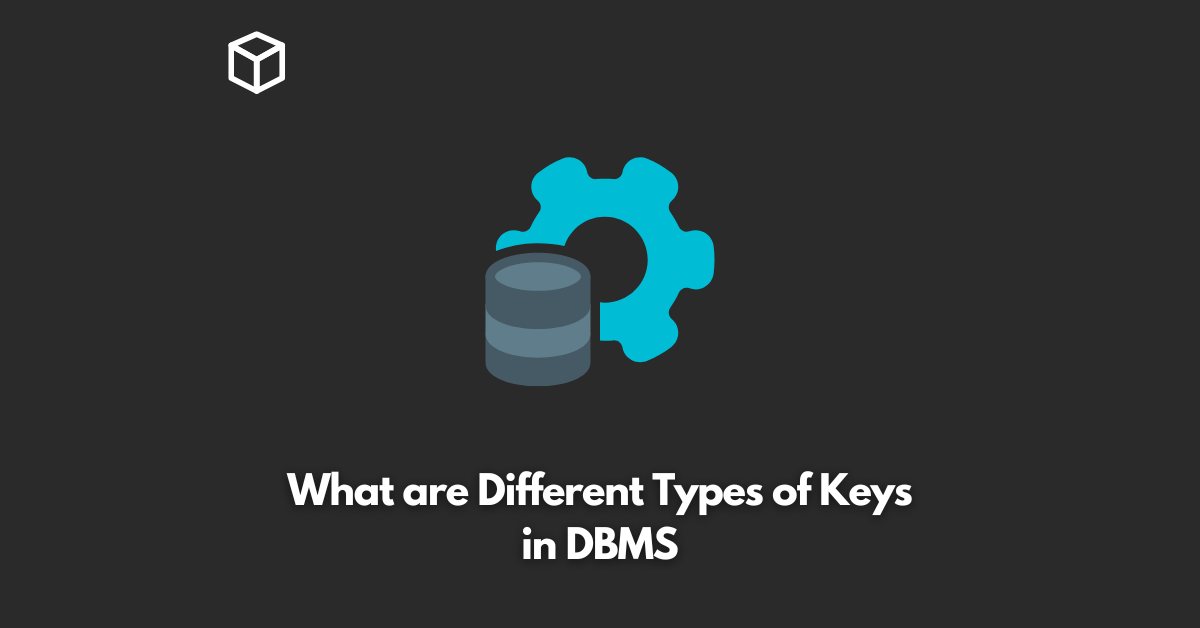A database management system (DBMS) is an essential tool for managing and organizing data in modern businesses and organizations.
The importance of databases cannot be overstated, as they store valuable information that must be properly secured and protected.
To ensure that this data is organized and accessible, DBMSs use a variety of keys that allow users to index, search, and manage the information stored within them.
In this article, we will be exploring the different types of keys that are used in DBMSs, and the role they play in managing the data within them.
Primary Key
The primary key is a unique identifier that is used to distinguish one record from another in a database table.
This key is used to identify a single record and ensures that no two records in a table are the same.
The primary key is used to establish relationships between tables, making it an essential component of database design.
In a relational database, the primary key must be unique and cannot contain null values.
It is also used to enforce referential integrity, which means that a record in a child table must have a corresponding record in the parent table.
Foreign Key
A foreign key is a key that is used to link two tables together.
This key is used to enforce referential integrity and ensures that the values in a foreign key column match those in the primary key column of the parent table.
For example, if a customer table has a foreign key that links to the order table, this key ensures that a customer can only be associated with orders that actually exist in the order table.
The foreign key can also be used to enforce cascading deletes, which means that when a record in the parent table is deleted, any related records in the child table will be deleted as well.
Unique Key
A unique key is a key that is used to enforce uniqueness in a database table.
This key is similar to a primary key, but can contain null values, making it useful for identifying unique values that may not be known at the time the database is created.
For example, a unique key may be used to identify a customer based on their email address, which is unique to each customer, but may not be known when the customer record is created.
Unique keys are often used as alternate keys, which are used to enforce uniqueness when a primary key is not available.
Candidate Key
A candidate key is a key that can be used as a primary key in a database table.
A table may have multiple candidate keys, and it is up to the database designer to determine which key should be used as the primary key.
Candidate keys are often used to identify a record based on multiple attributes, and the chosen primary key will depend on which attribute is most relevant for the purpose of the database.
Composite Key
A composite key is a key that is made up of multiple columns in a database table.
This key is used to identify a record based on multiple attributes, and is often used when a single attribute is not unique.
For example, a composite key may be used to identify a customer based on their first name, last name, and email address, ensuring that no two customers in the database have the same combination of attributes.
Conclusion
In conclusion, keys play an essential role in managing data within DBMSs.
From primary keys that are used to identify records and enforce referential integrity, to unique keys that are used to enforce uniqueness, to composite keys that are used to identify records based on multiple attributes, keys are an essential component of database design and management.




